https://www.youtube.com/watch?v=_Kf7OwDH-5U
How to Draw Anime Boy Face [No Timelapse]
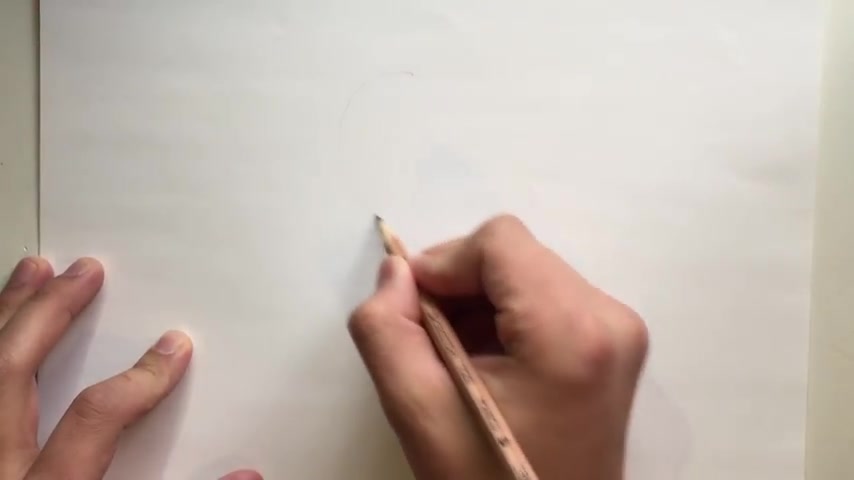
Good morning .
Good morning and welcome back to the Kellog youtube channel for today's video .
I'll be showing you guys how I paint faces in a bit of a tutorial and also a bit of a time lapse Q and A session as well .
Before we start a huge thank you to Squarespace for kindly sponsoring this video .
If you are looking to design your own website portfolio or a shop , be sure to check out squarespace , there are genuinely a s a great place with lots of type faces , see what I did there anyway , uh Let's start painting .
So when I start out with painting with skin , I usually start off with bold um undiluted lots of color like you can see here .
It's a wet on dry technique approach .
And once those are down , I get clean water on my brush and use a pulling technique to pull and dilute those pools of paint outwards and in doing so , it creates those nice blends and smooth gradual transitions in the skin tones .
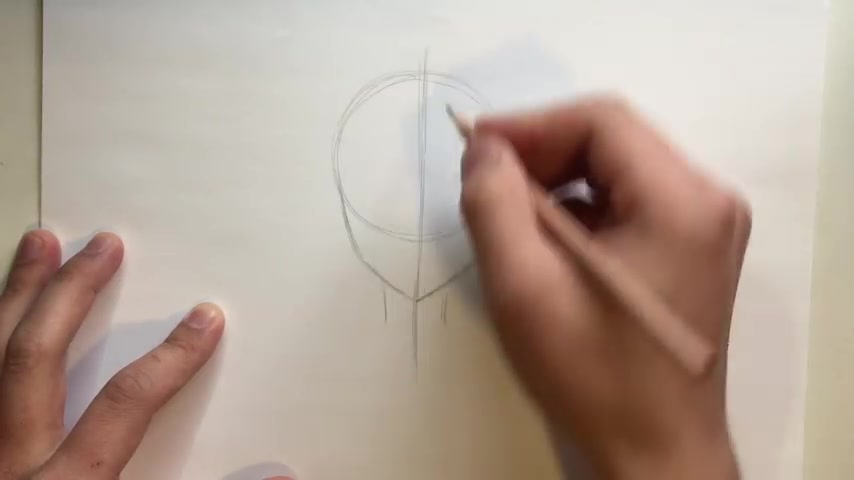
You can see me pulling paint just right here and kind of diluting it to blend outwards .
I usually start off with the eyes and once those are down pat , I go on to do the rest of the initial skin layers in a very light wash .
Once those first layers dry , I usually go over the skin again and add multiple layers to deepen the skin tones , particularly the reds .
I'm using the same technique of applying wet and dry mostly dark colors and then using a pulling technique with clean water to blend like on this cheek .
Here .
once the first few initial skin layers are done , I tend to start going into the details and painting in maybe the lips and then the eyes and the eyebrows .
One thing that I found uh particularly useful and you may notice me already doing when it comes to painting skin is making use of the fact that with watercolor , you can paint in multiple layers and that they don't have to be dark layers , they can be light .
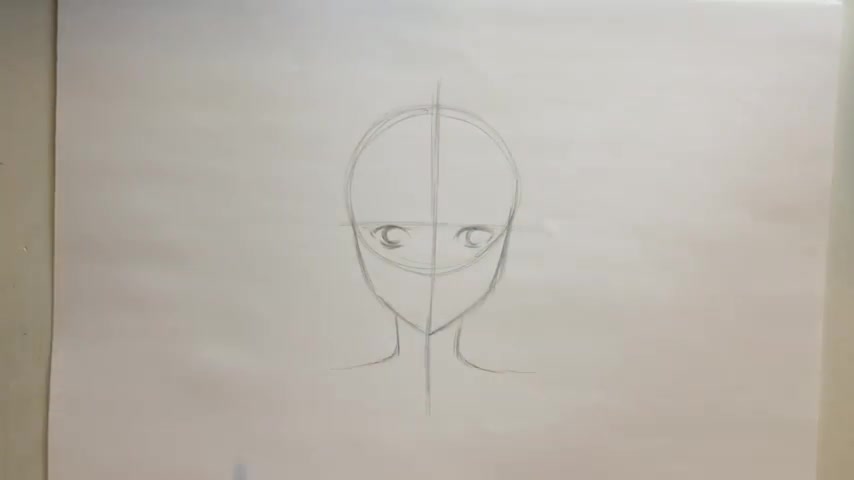
So with skin , you can continually build form and shapes and tones until the skin starts to look like skin .
I found it personally quite daunting to do skin that start for this very reason , I had a tendency to paint quite dark and it was hard to lift and build forms and shadows and highlights because I was painting like that .
But if you are a bit scared , if you do wanna start painting skin , I recommend just painting very , very lightly and continually working in layers .
You can have hundreds of layers .
If you wanted to .
It's only now that I'm a lot more confident with skin , that I can do them in a few layers .
But if you're just starting out with skin or wanna learn how to paint skin , my biggest recommendation would be to start off using the most lightest washes .
You possibly can dilute your paints and just keep it light because it's easier to work light to dark , just continually layer and layer and keep painting layers until you define those shadows , those skin tones and those forms .
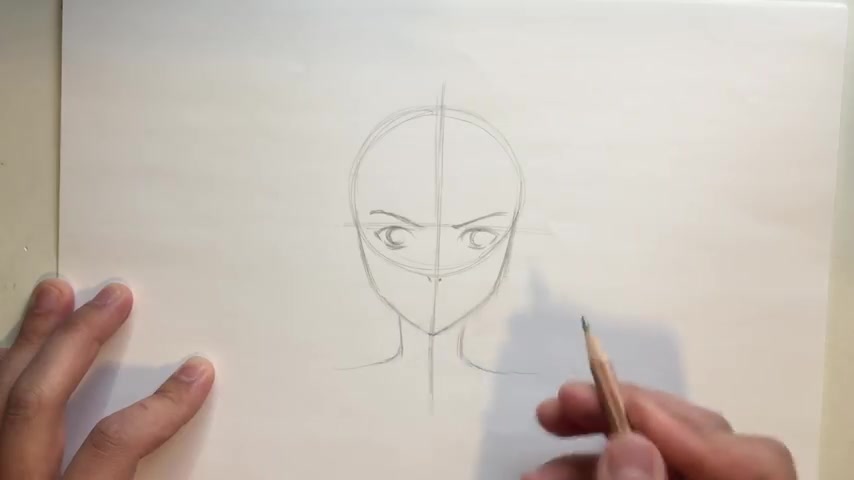
And you'll start to notice that your skin will eventually start to pop .
I found that one of the coolest things about water color is that the initial colors that you start off with don't necessarily mean that they are the exact same colors that you'll end up with .
At the end because of the layering techniques here , you can see that I'm starting off with a bit more of a yellow tinge , yellow base skin tone .
And by the end of it , you'll see that the skin tones look similar to the other paintings to the other faces .
And it's because of the way I've built those skin tones and the forms .
So I started off with that very washed out yellow .
And now I'm building in the reds .
And by doing so , by using different base layers and initial skin layers , these colors do eventually pop out and make the skin glow .
So under painting all those under layers are also very important and they can change the colors in the way they look at the very end to demonstrate another example here , I'm trying to paint a darker skin tone , which by the way , I don't often paint darker skin tones .
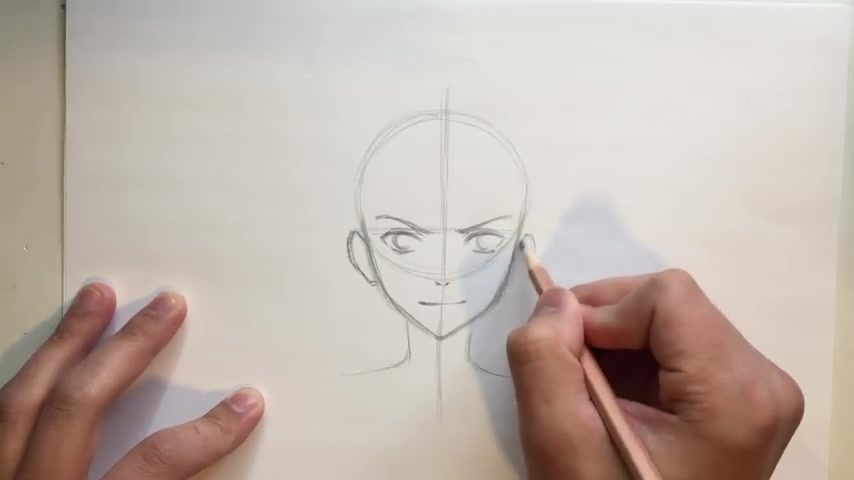
I'm not that used to them or experience , but I wanted to give it a shot .
For example , sake , you can see me here .
I'm painting more with a muted brown for those initial layers .
And I'm adding some blue undertones for those shadows as well .
From there , I'm starting to add more darker browns until those shadows and those forms really start to take shape and pop out .
Also for those who are wondering how to paint highlights when it comes to skin .
The technique for doing highlights in watercolor is to actually leave specific areas unpainted .
So areas that are unpainted are considered highlights or white .
For this example , I've left the inner corner of the eye , um part of the eyelid and the forehead as unpainted areas .
This is where where the highlights of the skin will occur .
Alright .
So from this point on , I'm just gonna continue painting this tutorial has been a bit brief in terms of how I paint skin and I do intend on creating a more in-depth tutorial on how I paint skin as well as other skin tones .
So that will come in the future .
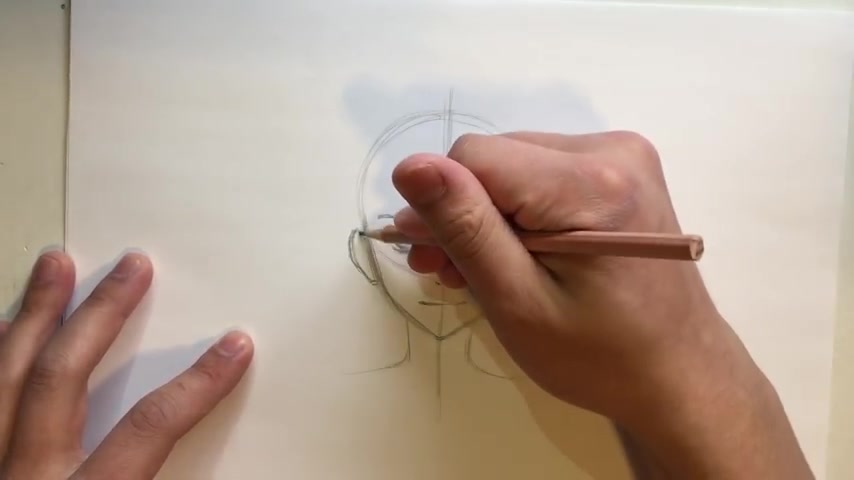
But for now , this will do for the rest of the process , it's pretty much the same .
I'm just using water and dry technique to put down those first darker brighter colors and just using a pulling technique to spread those colors out and get that soft blend of the skin .
So without further ado , it's Q and a time I've been uh I've been actually really excited to finally do a Q and A session .
All right to you .
So the first question we have is from Pr and it is , when is your my favorite part of the day to work ?
And what do you eat for breakfast ?
Ok .
First of all , that's kind of cheating because it's two questions in one , but I'll answer it anyway .
Um , my favorite part of the day to work is at night .
Actually , I'm a bit of a night owl .
I find myself most productive at night just because I find comfort in the thought that the world is just a little bit more quiet .
It's easier for me to work knowing that .
And I don't actually eat breakfast often .
I , I tend to skip breakfast because I prefer to sleep in .
Alright .
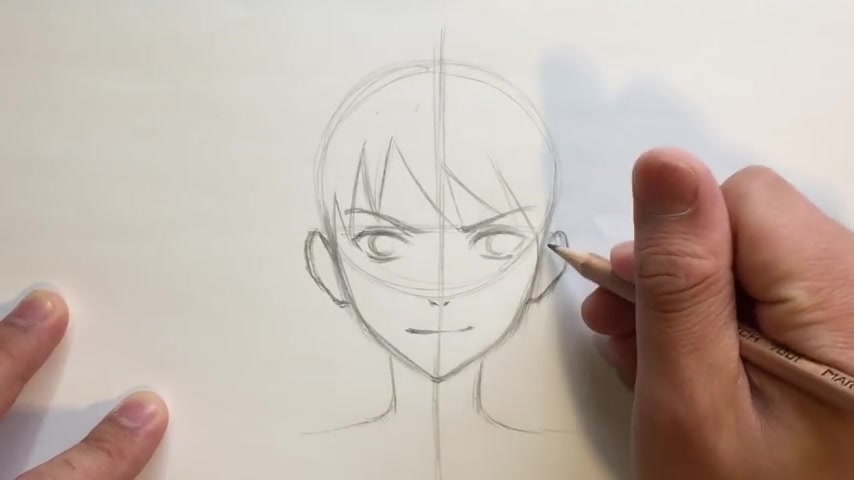
So we've got another cheater here with another two questions from Cup of Joe .
What's your favorite part of art school ?
And do you have any pets ?
The thing I love most about art school is probably being able to have art friends .
I never really grew up with any art friends .
So I never got to get excited about going art supply shopping or anything , you know .
And now I do and it's , and it's awesome .
I , I don't have any pets .
Sadly , I do want a dog so desperately .
And at some point in my life I have to get a dog and I will name him or her fish from Sophia .
Is there any medium that you would like to try in the future that you haven't yet ?
I want to really try out spray painting .
I would love to one day be able to do a giant mural .
It would be awesome to be able to see my work one day on a giant , you know , side of the building or something .
I think that would be sick from Montana Sullivan .
Uh What do you use for your digital work ?
I currently use a Wacom into Pro with Adobe Photoshop .
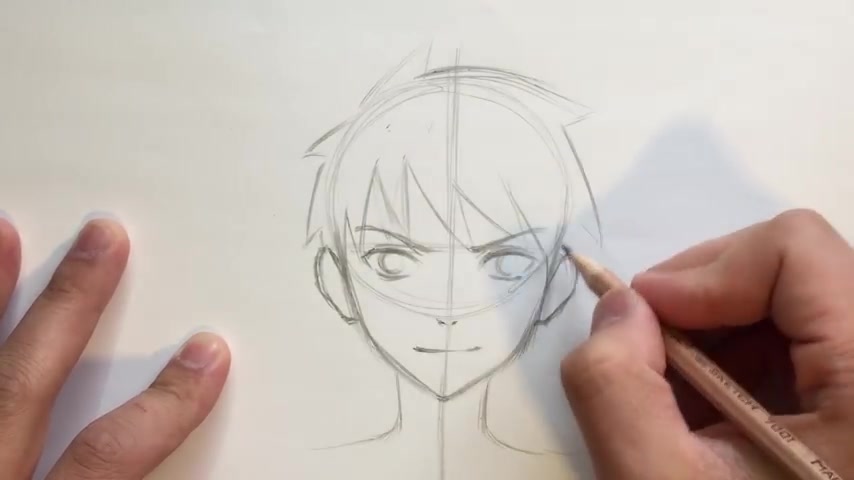
Good morning .
Good morning and welcome back to the Kellog youtube channel for today's video .
I'll be showing you guys how I paint faces in a bit of a tutorial and also a bit of a time lapse Q and A session as well .
Before we start a huge thank you to Squarespace for kindly sponsoring this video .
If you are looking to design your own website portfolio or a shop , be sure to check out squarespace , there are genuinely a s a great place with lots of type faces , see what I did there anyway , uh Let's start painting .
So when I start out with painting with skin , I usually start off with bold um undiluted lots of color like you can see here .
It's a wet on dry technique approach .
And once those are down , I get clean water on my brush and use a pulling technique to pull and dilute those pools of paint outwards and in doing so , it creates those nice blends and smooth gradual transitions in the skin tones .
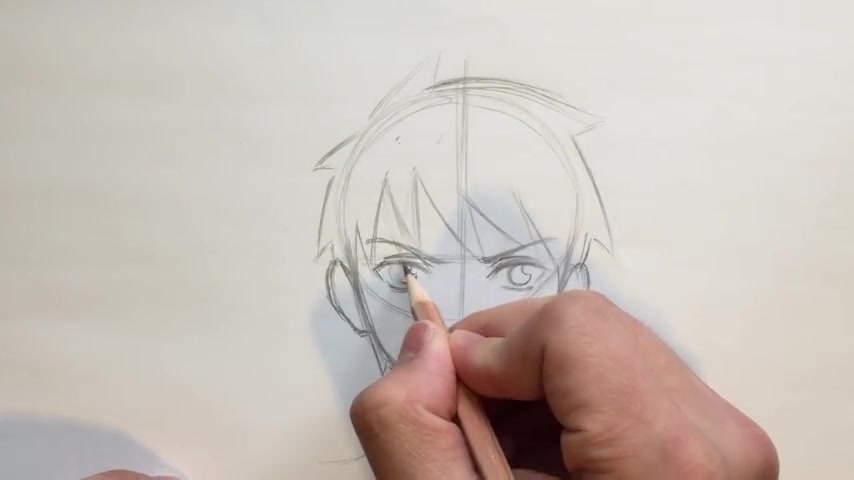
You can see me pulling paint just right here and kind of diluting it to blend outwards .
I usually start off with the eyes and once those are down pat , I go on to do the rest of the initial skin layers in a very light wash .
Once those first layers dry , I usually go over the skin again and add multiple layers to deepen the skin tones , particularly the reds .
I'm using the same technique of applying wet and dry mostly dark colors and then using a pulling technique with clean water to blend like on this cheek .
Here .
once the first few initial skin layers are done , I tend to start going into the details and painting in maybe the lips and then the eyes and the eyebrows .
One thing that I found uh particularly useful and you may notice me already doing when it comes to painting skin is making use of the fact that with watercolor , you can paint in multiple layers and that they don't have to be dark layers , they can be light .
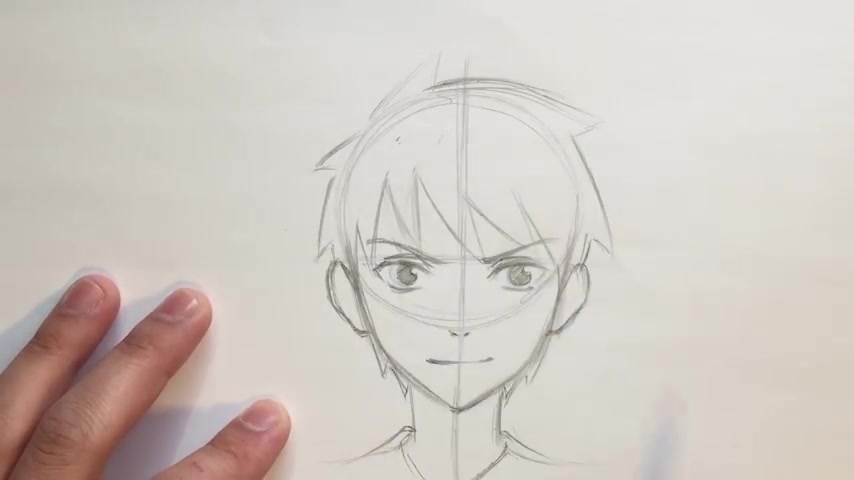
And then before you know it , I was working at the magazine and now I'm the designer of the magazine from 246 .
Willow , 246 .
I'm currently doing my major artwork for my HSC in visual arts .
And I don't know whether to continue the artwork in watercolor or explore other mediums .
I always find myself going back to watercolor because that's what I love .
And I feel like I'm not detailed or skilled enough to produce the work .
What are your suggestions ?
I'm stuck .
OK .
I relate to this very , very strongly because this is exactly where I was back in my high school uh equivalent of HSE which was V ce .
My advice straight up is do it explore other mediums and try painting in a completely different medium that you're not comfortable with .
For me , it was digital art .
So I only ever painted with digital art and I was confident in that and I hated painting in any other medium other than digital .
But for my high school art subject final , we were forced to experiment with another medium .
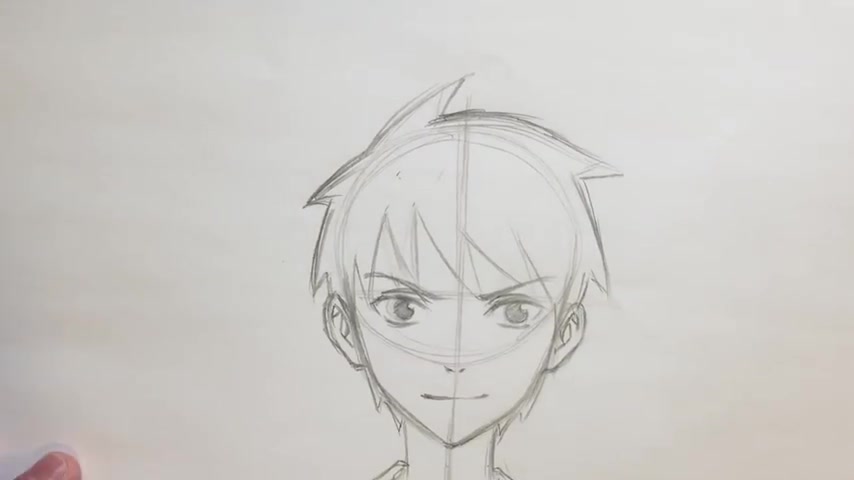
And I decided to just try out watercolor and flash forward a couple of years now , I'm doing watercolor paintings as a career and I'm , I'm doing all of this and you never know what you'll love .
You never know if it will work with you and if you'll love it and you'll excel in it and you'll be a master of it .
Just give it a shot , please .
For my sake , please give it a shot from Ska Lily .
What do you see yourself ?
Doing in five years .
Um That's kind of a hard question because I don't even know what I'm doing tomorrow , let alone a week or a year or five years from now .
But I think I'd like to imagine myself in five years time to be a full time working professional artist .
A youtuber as well .
And I also really , do you want to start teaching ?
And from Ikram Kalam ?
Are you planning to upload any more tutorials ?
And what do you think you should upload ?
Uh Yes , I'm planning to upload more tutorials .
I do want to do a lot more on how to paint faces and skin and techniques and everything .
Yeah , I think I'd love to keep doing tutorials .
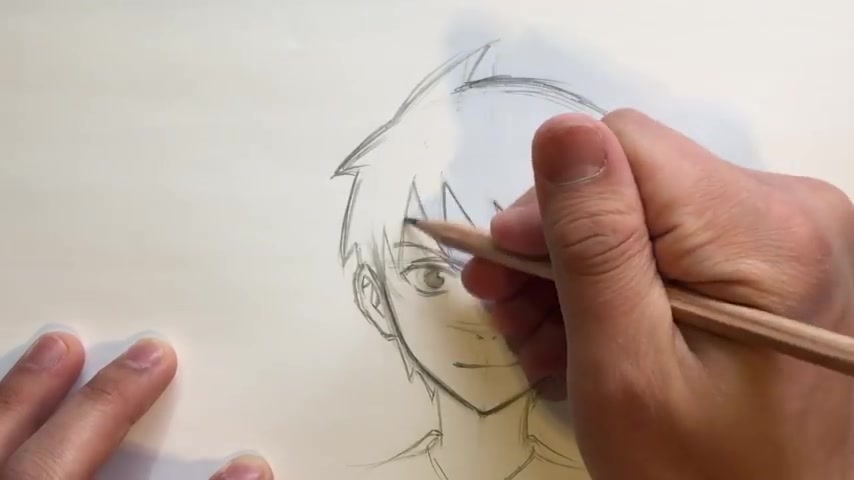
So with skin , you can continually build form and shapes and tones until the skin starts to look like skin .
I found it personally quite daunting to do skin that start for this very reason , I had a tendency to paint quite dark and it was hard to lift and build forms and shadows and highlights because I was painting like that .
But if you are a bit scared , if you do wanna start painting skin , I recommend just painting very , very lightly and continually working in layers .
You can have hundreds of layers .
If you wanted to .
It's only now that I'm a lot more confident with skin , that I can do them in a few layers .
But if you're just starting out with skin or wanna learn how to paint skin , my biggest recommendation would be to start off using the most lightest washes .
You possibly can dilute your paints and just keep it light because it's easier to work light to dark , just continually layer and layer and keep painting layers until you define those shadows , those skin tones and those forms .
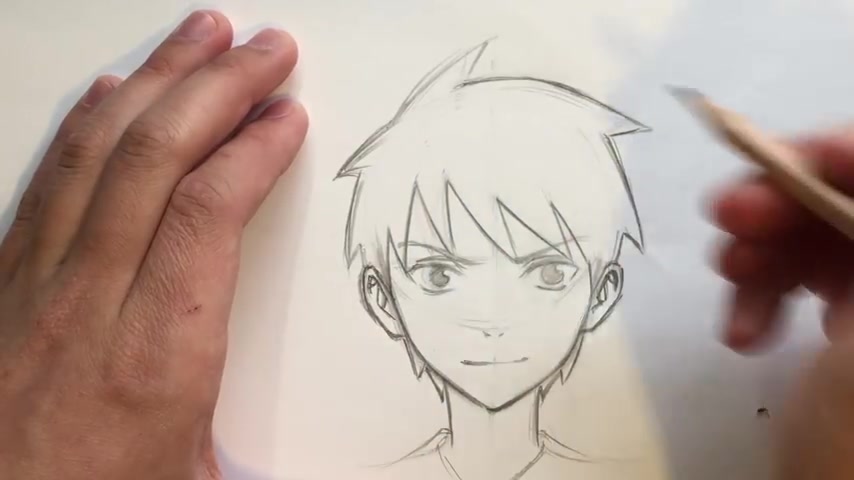
And you'll start to notice that your skin will eventually start to pop .
I found that one of the coolest things about water color is that the initial colors that you start off with don't necessarily mean that they are the exact same colors that you'll end up with .
At the end because of the layering techniques here , you can see that I'm starting off with a bit more of a yellow tinge , yellow base skin tone .
And by the end of it , you'll see that the skin tones look similar to the other paintings to the other faces .
And it's because of the way I've built those skin tones and the forms .
So I started off with that very washed out yellow .
And now I'm building in the reds .
And by doing so , by using different base layers and initial skin layers , these colors do eventually pop out and make the skin glow .
So under painting all those under layers are also very important and they can change the colors in the way they look at the very end to demonstrate another example here , I'm trying to paint a darker skin tone , which by the way , I don't often paint darker skin tones .
Are you looking for a way to reach a wider audience and get more views on your videos?
Our innovative video to text transcribing service can help you do just that.
We provide accurate transcriptions of your videos along with visual content that will help you attract new viewers and keep them engaged. Plus, our data analytics and ad campaign tools can help you monetize your content and maximize your revenue.
Let's partner up and take your video content to the next level!
Contact us today to learn more.